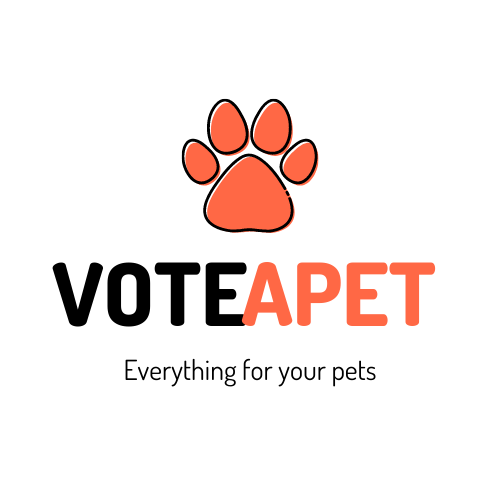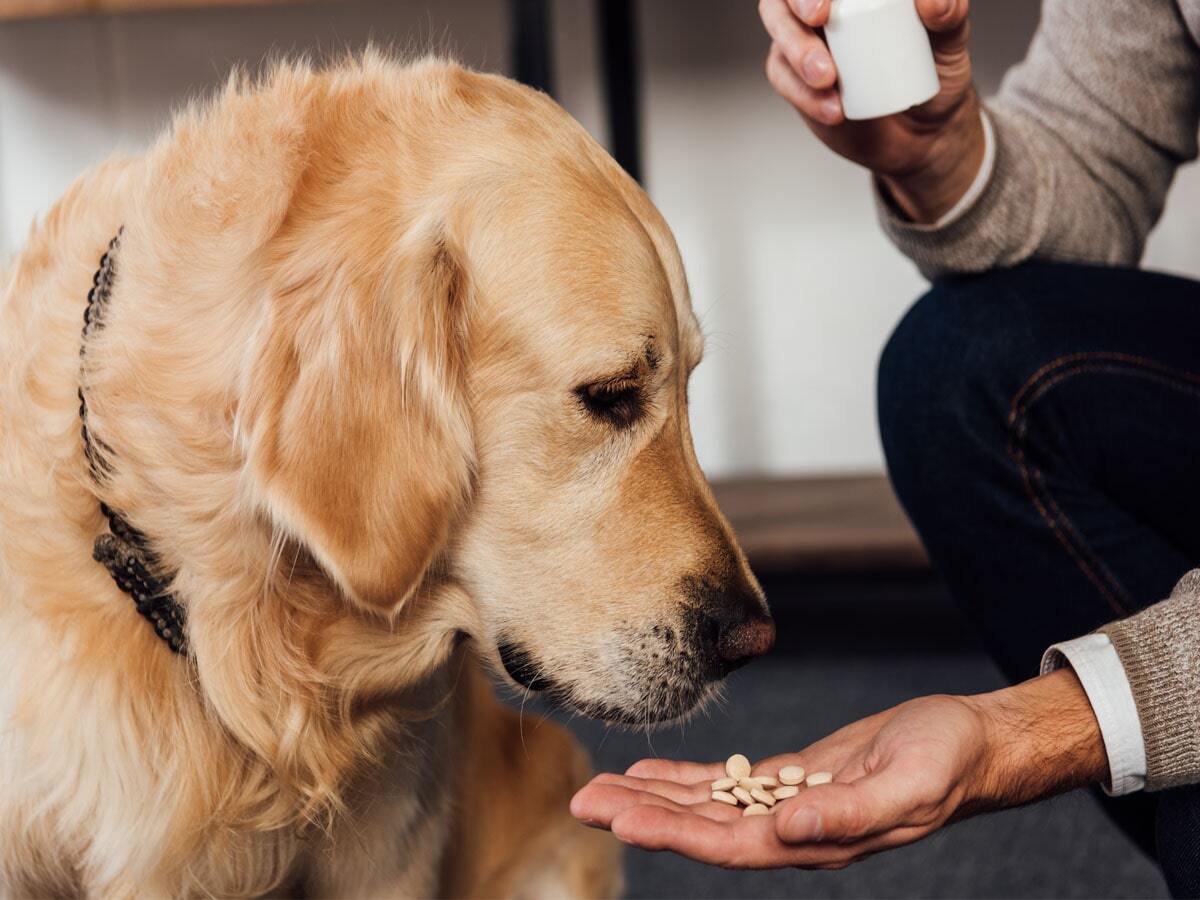Gain insights into your dog’s nutritional needs and learn how to select the right food to keep them healthy and happy.
Understanding Your Dog’s Nutritional Needs
Introduction
Proper nutrition is essential for your dog’s overall health and well-being. A well-balanced diet will help your dog maintain a healthy weight, have a shiny coat, and be energetic and playful. But with so many different dog foods on the market, it can be difficult to know which one is right for your furry friend.
This guide will help you understand your dog’s nutritional needs and how to choose the right food. We’ll cover the basics of dog nutrition, including the different types of nutrients that dogs need, how much food they should eat, and how to read dog food labels. We’ll also discuss some of the different types of dog food available, so you can find the one that best meets your dog’s individual needs.
What Your Dog Needs
Dogs need a variety of nutrients to stay healthy. The most important nutrients include:

- Protein: Protein is essential for building and repairing tissues, including muscles, bones, and organs.
- Fats: Fats provide energy, help to absorb vitamins, and keep your dog’s skin and coat healthy.
- Carbohydrates: Carbohydrates provide energy and fiber.
- Vitamins: Vitamins are essential for many bodily functions, including vision, growth, and reproduction.
- Minerals: Minerals are essential for building bones and teeth, regulating blood pressure, and maintaining a healthy immune system.
The amount of each nutrient that your dog needs will vary depending on their age, breed, activity level, and overall health. For example, puppies need more protein than adult dogs, and active dogs need more calories than sedentary dogs.
How Much Food to Feed
The amount of food you feed your dog will depend on their individual needs. A good starting point is to follow the feeding guidelines on the dog food label. However, you may need to adjust the amount of food you feed your dog based on their weight, activity level, and overall health.
It’s important to feed your dog at regular intervals throughout the day. This will help to keep their blood sugar levels stable and prevent them from getting too hungry or too full.
Reading Dog Food Labels
When you’re choosing dog food, it’s important to read the label carefully. The label will tell you the ingredients in the food, as well as the guaranteed analysis, which is a breakdown of the nutrients in the food.
The ingredients list should be listed in order of weight, with the most prominent ingredient listed first. The guaranteed analysis will tell you the minimum and maximum percentages of protein, fat, carbohydrates, moisture, and fiber in the food.
It’s also important to look for dog foods that are made with high-quality ingredients. These ingredients should be recognizable and easy to pronounce. Avoid dog foods that contain artificial colors, flavors, or preservatives.
Types of Dog Food
There are many different types of dog food available, including kibble, wet food, and raw food. Each type of food has its own advantages and disadvantages.
Kibble is the most common type of dog food. It’s convenient and easy to store, and it’s typically more affordable than other types of dog food. However, kibble can be high in carbohydrates, and it may not be as nutritious as other types of food.
Wet food is more moist and flavorful than kibble, and it’s higher in moisture and protein. However, wet food is more expensive than kibble, and it can spoil more quickly.
Raw food is a relatively new type of dog food. It consists of raw meat, bones, and vegetables. Raw food is high in nutrients, and it’s thought to be more digestible than cooked food. However, raw food can be dangerous if it’s not prepared properly, and it’s not suitable for all dogs.
Conclusion
Choosing the right food for your dog is an important decision. By understanding your dog’s nutritional needs and reading dog food labels carefully, you can find the food that will keep your dog healthy and happy.
Additional tips for choosing the right food
Here are some additional tips for choosing the right dog food:
- Talk to your veterinarian. They can help you determine your dog’s individual needs and recommend a specific food.
- Consider your dog’s breed. Some breeds have specific dietary requirements.
- Look for food that is made with high-quality ingredients.
- Avoid dog foods that contain artificial colors, flavors, or preservatives.
- Transition your dog to a new food gradually.
- Monitor your dog’s weight and overall health.
By following these tips, you can help your dog live a long and healthy life.











